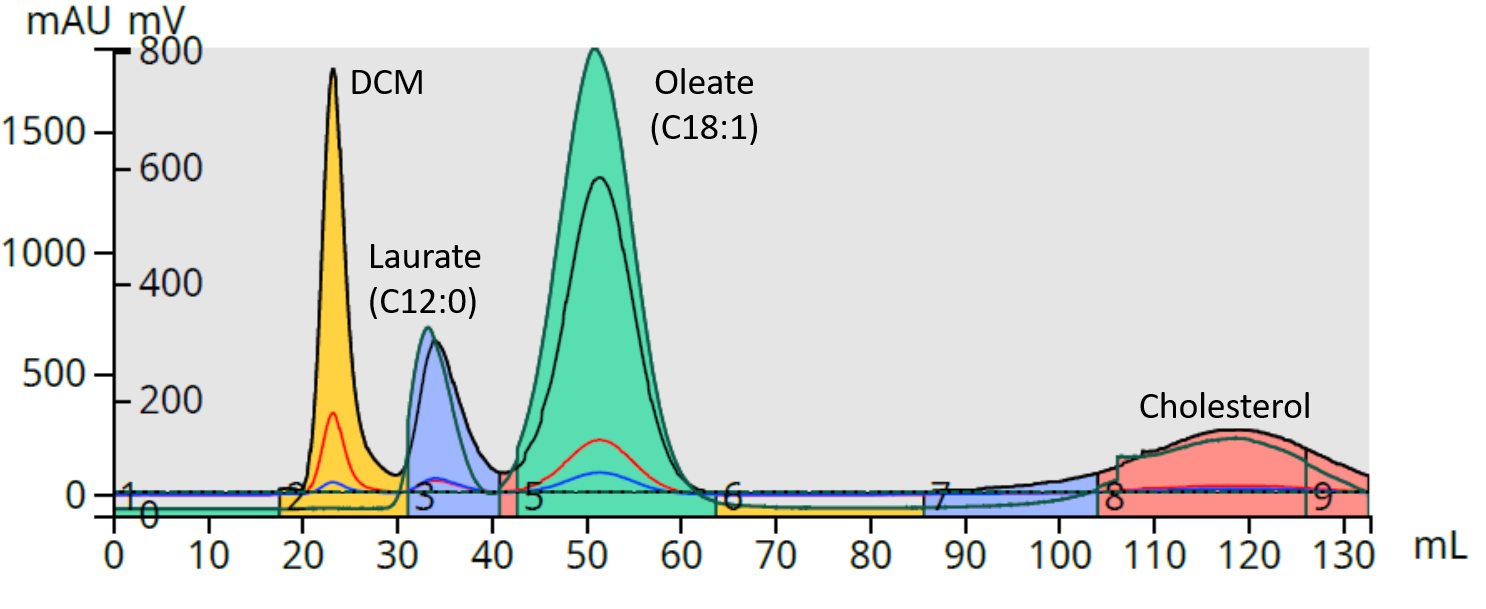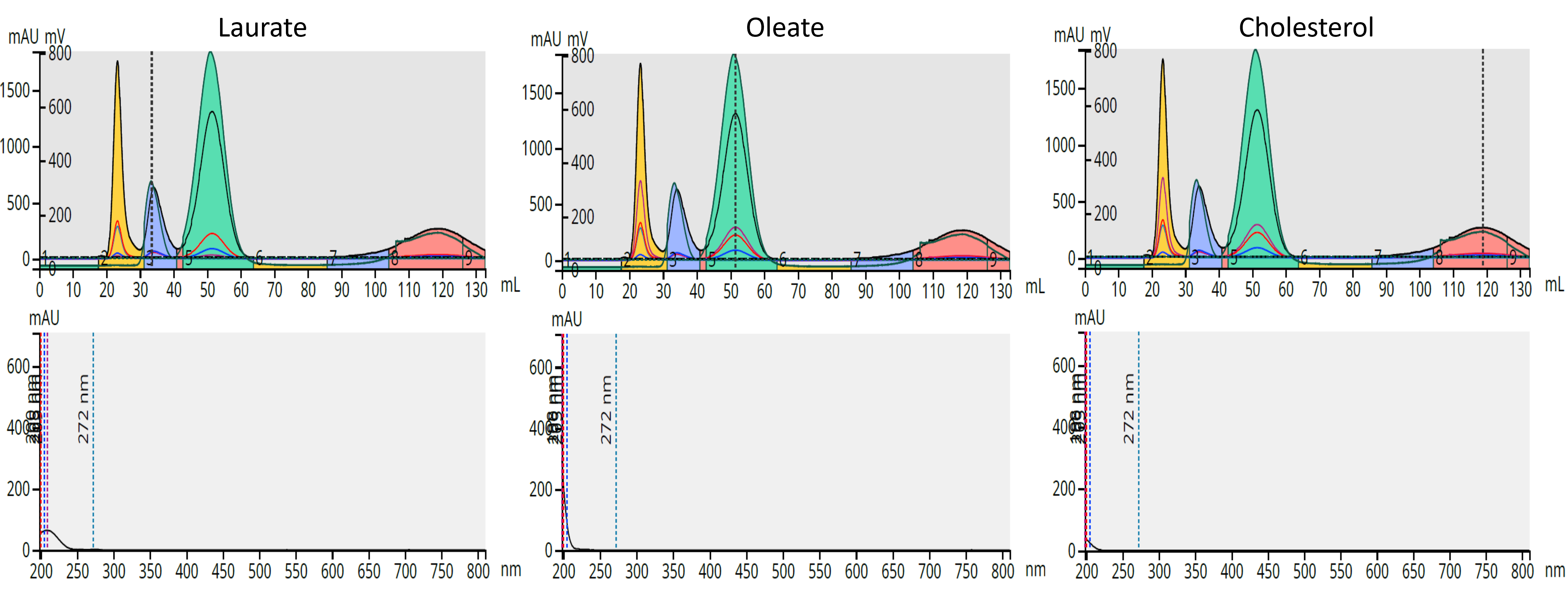Flash chromatography can be complex. Solvent choice, column size, stationary phase, loading technique, gradient method, flow rate, and detection parameters are all variables which factor into flash chromatography and your success with this purification technique. Of these variables, detection parameters, i.e. the type of detector, can really impact your flash chromatography results.
While the vast majority of synthetic compounds, at least those made in drug discovery labs, are UV absorbing at one or more wavelengths, there are an increasing amount of synthetic and natural compounds which have little to no UV absorbance. When this situation occurs, most chemists will add a different detector such as an evaporative light-scattering detector (ELSD) to find and fractionate the eluting compounds.
It has been my experience, however, that for many of the compounds believed to require an ELSD, that a PDA-UV detector, when adjusted to the appropriate wavelength range for the compounds of interest, can provide good sensitivity. The types of compounds which fall into this category include some lipids and terpenes, and other similar compounds with low UV absorption sensitivity.
Lipids, which have been in the news the last few years because the mRNA-based COVID-19 vaccines are made using several different lipid compounds and are a group of compounds typically believed to require a non-UV detector or ELSD for their effective purification. Indeed, ELS detection can provide the desired results but so can a variable wavelength PDA UV detector adjusted with the appropriate wavelength range for these compounds (198-210 nm).
In the example below, reverse-phase flash chromatography was used to purify the fully saturated fatty acid ester methyl laurate (C12:0), the monounsaturated fatty acid ester methyl oleate (C18:1), and cholesterol, a lipid used in the mRNA vaccines’ lipid nanoparticle mixtures. A detection technique called wavelength focusing that uses a narrow wavelength range for detection and actually enhances these compounds’ UV sensitivity, was used in conjunction with an ELSD to show how they compare, Figure 1.
 Figure 1. 3-lipid mix purification by reversed-phase flash chromatography using both UV (198-220 nm) and ELSD.
Figure 1. 3-lipid mix purification by reversed-phase flash chromatography using both UV (198-220 nm) and ELSD.
While each of the lipids is detected with by the ELSD (green trace), the ester group of both laurate and oleate actually absorbs UV and is detected (black, red and blue traces). Compounds with double bonds, as in the case of methyl oleate and cholesterol, also absorb UV light and are detectable, albeit at very low wavelengths, Figure 2.

Figure 2. UV spectra of each of the purified lipids. UV absorbance ranges from <200 nm to ~ 220 nm.
With each of these fats, the UV absorbance range is <200 nm – ~220 nm. This narrow absorbance range does impact solvent choice for chromatography and requires only solvents with little to no UV absorbance in this wavelength range be used (acetonitrile, methanol, acetone, hexane, water). The above chromatography was performed with water and methanol.
So, when is an ELSD needed? When purifying carbohydrates, saturated lipids with no UV absorbing functional groups (e.g. ester), saturated terpenes, and other molecules with absolutely no UV absorbing chromophore. If you are working in any of these chemistry realms, using an ELSD with your flash purification system will definitely provide an extra detection/fractionation benefit.
For more information on ELSD, click on the link below.

